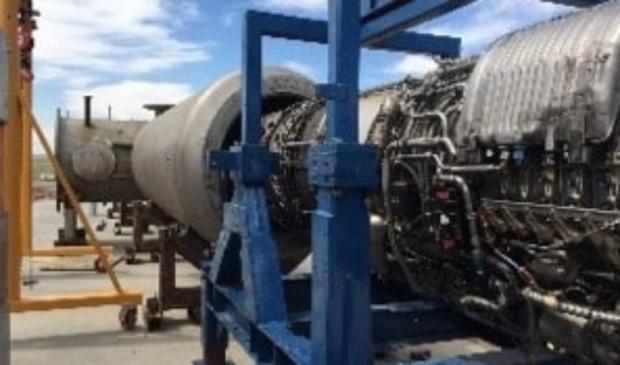
Breaking News
 "I've Always Gotten Along with President Putin" | Trump's TED Talk on War and Frie
"I've Always Gotten Along with President Putin" | Trump's TED Talk on War and Frie
 The court is calling: How pickleball is rewiring brains, one volley at a time
The court is calling: How pickleball is rewiring brains, one volley at a time
 SpaceX aims to launch Starship Flight 10 test flight on Aug. 24
SpaceX aims to launch Starship Flight 10 test flight on Aug. 24
 What is Peter Thiel's Role In The Technocratic Takeover Of Washington?
What is Peter Thiel's Role In The Technocratic Takeover Of Washington?
Top Tech News
 Chinese Scientists Produce 'Impossible' Steel to Line Nuclear Fusion Reactors in Major Break
Chinese Scientists Produce 'Impossible' Steel to Line Nuclear Fusion Reactors in Major Break
 1,000 miles: EV range world record demolished ... by a pickup truck
1,000 miles: EV range world record demolished ... by a pickup truck
 Fermented Stevia Extract Kills Pancreatic Cancer Cells In Lab Tests
Fermented Stevia Extract Kills Pancreatic Cancer Cells In Lab Tests
 3D printing set to slash nuclear plant build times & costs
3D printing set to slash nuclear plant build times & costs
 You can design the wheels for NASA's next moon vehicle with the 'Rock and Roll Challenge
You can design the wheels for NASA's next moon vehicle with the 'Rock and Roll Challenge
 'Robot skin' beats human reflexes, transforms grip with fabric-powered touch
'Robot skin' beats human reflexes, transforms grip with fabric-powered touch
 World's first nuclear fusion plant being built in US to power Microsoft data centers
World's first nuclear fusion plant being built in US to power Microsoft data centers
 The mitochondria are more than just the "powerhouse of the cell" – they initiate immune...
The mitochondria are more than just the "powerhouse of the cell" – they initiate immune...
 Historic Aviation Engine Advance to Unlock Hypersonic Mach 10 Planes
Historic Aviation Engine Advance to Unlock Hypersonic Mach 10 Planes
 OpenAI CEO Sam Altman Pitches Eyeball-Scanning World ID to Bankers
OpenAI CEO Sam Altman Pitches Eyeball-Scanning World ID to Bankers
Reaction Engines Targets 2020 to Test Hypersonic Engine for Space Planes

In the US test facility (TF2) will enable the precooler test article (HTX) to be exposed to high-temperature airflow conditions in excess of 1,000°C (~1800°F) that are expected during high-speed flights up to Mach 5.


They are getting ready for 'hot' heat exchanger tests.
The UK TF1 test site is due to be completed and commissioned during 2019 and will enable us to test critical subsystems along with the testing of a SABRE engine core.

Pre-cooler technology
Reaction Engines pre-coolers are made from thousands of thin-walled tubes to provide high surface area to low weight. Each tube is joined to an inlet and outlet manifold, which allows coolant to be injected and removed for the cooling process. They have unique heat exchanger manufacturing experience to bond thousands of joints in a single operation and achieve zero leakage. The joints in their pre-cooler modules are hermetically sealed, meaning that the gas which escapes can be measured by the molecule.



